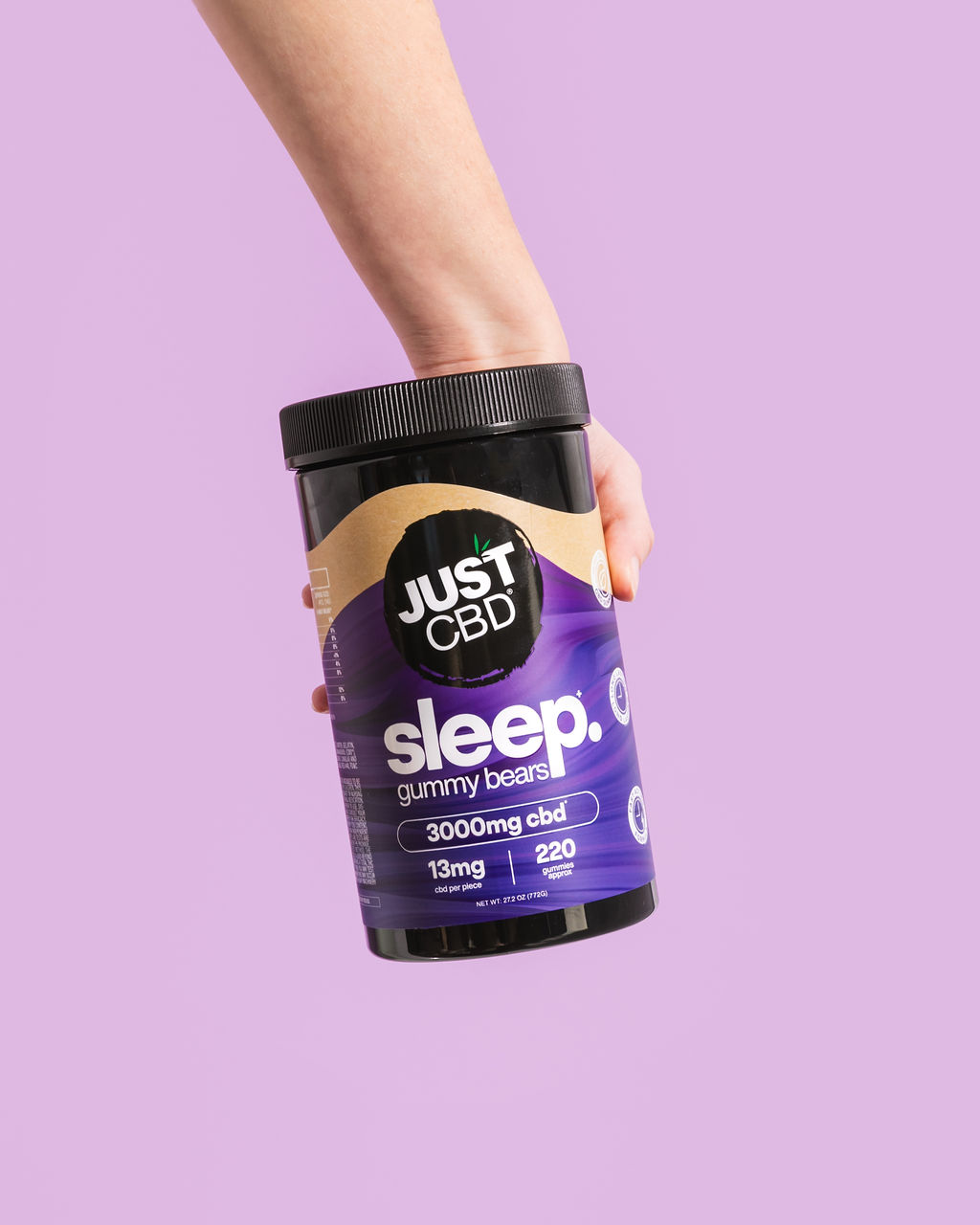Kratom Extract
Kratom, an evergreen tree native to Southeast Asia, has gained considerable attention in recent years for its purported medicinal and recreational properties. Extracted from the leaves of this tree, kratom extract is a concentrated form of the plant’s alkaloids, primarily mitragynine and 7-hydroxymitragynine, which are believed to interact with opioid receptors in the brain.
Types of Kratom Extracts

Kratom extracts are concentrated forms of Mitragyna speciosa leaves, a tropical tree native to Southeast Asia. These extracts offer a more potent and faster-acting experience compared to traditional kratom powder or leaf consumption. They are typically made by using solvents like alcohol, water, or CO2 to extract the alkaloids from the kratom leaves.

There are various types of kratom extracts, each with unique properties and effects:
- Powdered Kratom Extract: This is a finely powdered form of concentrated kratom alkaloids. It can be mixed with water or food for consumption.
- Liquid Kratom Extract: Also known as “kratom tincture,” this extract is dissolved in alcohol or glycerin, offering quick absorption and potentially faster onset of effects.
- Capsulated Kratom Extract: A convenient way to consume kratom extract, these capsules typically contain a pre-measured dose of powdered or liquid extract encapsulated in gelatin.
- Kratom Resin: This highly concentrated form of kratom is made by extracting the alkaloids using solvents and then evaporating them, leaving behind a sticky resin that can be consumed sublingually (under the tongue).
The choice of kratom extract type depends on individual preferences, desired effects, and consumption methods.
Concentration Levels
Kratom extract is concentrated powder derived from the leaves of the Mitragyna speciosa tree. It contains potent alkaloids, primarily mitragynine and 7-hydroxymitragynine, which are responsible for Kratom’s effects. Concentration levels of these alkaloids vary significantly depending on the extraction method used.
Common concentration levels in kratom extract include:
- 15x (15 times stronger than dried leaf)
- 30x
- 45x
- 60x
Higher concentration extracts contain a more concentrated dose of alkaloids per serving.
Solvent Used in Extraction
Kratom extract, often used in products like gummies, starts with the leaves of the Mitragyna speciosa tree. To concentrate its active compounds, manufacturers employ various extraction methods. A common solvent used is ethanol, chosen for its ability to effectively dissolve kratom’s alkaloids while being relatively safe and easily removed during processing. Other solvents like butane or CO2 may also be used depending on the desired outcome and regulations.
Other Ingredients
Kratom gummies have become increasingly popular as a way to consume kratom, offering a convenient and discreet alternative to traditional methods like chewing or brewing tea. But what exactly are these gummies made of? Understanding the ingredients in kratom gummies is crucial for anyone considering trying them, ensuring they know what they’re putting into their body and can make informed choices about their health.
Sweeteners
In addition to kratom extract, gummy formulations often include other ingredients to enhance taste, texture, and shelf life. These can include sweeteners like sugar, corn syrup, or artificial sweeteners such as sucralose or stevia. Gummy bases typically consist of gelatin or pectin, which provide the chewy consistency. Flavorings like natural fruit extracts or artificial flavors are added for taste variations.
Flavors
Besides kratom extract, kratom gummies typically contain other ingredients to achieve their desired texture, taste, and shelf life. These can include gelatin or pectin as gelling agents, sweeteners like sugar, corn syrup, or honey, and flavorings such as fruit juices, natural or artificial flavors, and citric acid for tartness.
Some manufacturers may also add additional ingredients like preservatives, coloring agents, or vitamins to enhance the gummies’ appeal and functionality.
Binders and Thickening Agents
Besides the kratom extract, other ingredients are often added to gummies. These include sweeteners, flavorings, and binders to hold everything together.

- Sweeteners: Common sweeteners used in kratom gummies include sugar, corn syrup, agave nectar, or artificial sweeteners like sucralose.
- Flavorings: Gummies often come in a variety of flavors to make them more appealing. Natural and artificial fruit flavors, as well as other flavor profiles like chocolate or vanilla, are commonly used.
- Binders and Thickening Agents: These ingredients help give the gummies their chewiness and structure. Gelatin is a common binder, but plant-based alternatives like pectin or agar-agar may be used in vegan gummies.
Additives
While kratom extract provides the base for many products, including gummies, other ingredients are often added to enhance flavor, texture, and shelf life. Common additives include sweeteners like sugar, honey, or artificial sweeteners; thickeners like gelatin, pectin, or xanthan gum; and natural or artificial flavors.
Preservatives may also be included to extend the product’s shelf life, while colors are sometimes added for visual appeal. The specific combination of additives varies depending on the manufacturer and the desired characteristics of the final product.
Manufacturing Process
Kratom, a tropical tree native to Southeast Asia, has become increasingly popular due to its purported medicinal and recreational effects. Its leaves contain alkaloids, primarily mitragynine and 7-hydroxymitragynine, which are believed to interact with opioid receptors in the brain. To enhance potency and convenience, kratom is often processed into various extracts, including gummies.
Mixing and Blending
The manufacturing process of kratom gummies involves several steps, beginning with the extraction of active compounds from kratom leaves.
Once the extract is prepared, it’s incorporated into a gummy base. This base typically consists of gelatin or pectin, which provides the gummies’ characteristic chewiness. Sweeteners are then added to enhance flavor and palatability. Common choices include sugar, corn syrup, or artificial sweeteners such as sucralose or stevia.
Flavorings are often incorporated to create a variety of taste profiles. These can range from natural fruit extracts to artificial flavors.
Finally, the mixture is poured into molds to give the gummies their shape and allowed to solidify.
Gelatin Preparation
The manufacturing process of gelatin, a crucial component in many food items including kratom gummies, involves several steps. It begins with collagen extraction from animal by-products such as skin, bones, and connective tissues. These materials are treated with acids or alkalis to break down the proteins into individual collagen molecules.
The extracted collagen solution is then purified and processed to remove impurities. Gelatinization occurs when the purified collagen is heated in water, causing the protein molecules to unwind and form a gelatinous network. The temperature and concentration of the solution influence the final texture and properties of the gelatin.
After gelatinization, the mixture may be further processed by adding acid or alkali to adjust its pH and stabilize its structure. It can then be dried using methods like spray drying or drum drying to produce powdered gelatin. This powdered form is easily incorporated into various food products, including kratom gummies.
Molding and Cooling
The manufacturing process for kratom gummies involves several key steps. First, kratom extract, which contains the desired alkaloids from the Mitragyna speciosa tree, is prepared using various extraction methods like ethanol or CO2 extraction.
Next, a gummy base is created using ingredients like gelatin or pectin, along with sweeteners and flavorings to achieve the desired taste and texture. The kratom extract is then incorporated into this gummy mixture.
The resulting mixture is poured into molds shaped like gummies. These molds can be of various shapes, sizes, and designs.
Once the gummies are filled into the molds, they are cooled to solidify. This cooling process allows the gelatin or pectin to set, giving the gummies their characteristic chewiness.
After cooling, the solidified gummies are removed from the molds. They are then typically inspected for quality control and packaged for distribution.
Quality Control and Testing
Quality control and testing are essential aspects of ensuring the safety, efficacy, and consistency of kratom products, particularly those in consumable forms like gummies. Rigorous testing processes help identify potential contaminants, verify potency levels, and confirm adherence to quality standards.
Pesticide Testing
Quality control and testing are crucial aspects of ensuring the safety and efficacy of kratom products, particularly when they are formulated into edibles like gummies. These processes involve rigorous checks at every stage of production, from raw material sourcing to the finished product.
Testing for contaminants and potency is essential. Laboratories use sophisticated techniques to analyze kratom extracts and gummies for the presence of heavy metals, pesticides, bacteria, fungi, and other potential harmful substances.
Pesticide testing is particularly important in kratom production because the plants are often grown outdoors where they may be exposed to various pesticides. Stringent quality control measures aim to minimize pesticide residues in the final product, protecting consumer health.
Heavy Metal Testing
Quality control and testing are crucial in ensuring the safety, purity, and potency of kratom products, especially those formulated as gummies.
- Ingredient Testing: Each ingredient used in the manufacturing process should be rigorously tested for identity, purity, and contamination. This includes verifying the source and quality of the kratom extract, sweeteners, flavorings, and any other additives.
- Extraction Process Control: The extraction method used to produce the kratom concentrate must be carefully controlled to ensure optimal yield and minimize the presence of unwanted compounds. Regular monitoring and testing throughout the extraction process are essential.
- Finished Product Testing: Completed kratom gummies should undergo comprehensive testing to evaluate their quality and safety. This includes analysis for:
- Kratom Alkaloid Content: Accurate determination of mitragynine and 7-hydroxymitragynine levels is crucial for ensuring consistent potency.
- Heavy Metals: Testing for heavy metals such as lead, arsenic, mercury, and cadmium is essential to prevent contamination risks associated with soil or processing conditions.
- Pesticides and Residual Solvents: Gummies should be tested for the presence of any residual pesticides from agricultural practices or solvents used during extraction.
- Microbial Contamination: Analysis for bacteria, fungi, and other microorganisms is necessary to ensure product safety and shelf life.
- Label Accuracy: The label information must accurately reflect the contents of the gummies, including kratom extract concentration, ingredient list, and potential allergens.
Adhering to stringent quality control measures and employing independent laboratory testing are essential for ensuring that kratom gummies meet safety standards and provide consumers with a reliable and trustworthy product.
Microbial Contamination Testing
Quality control and testing are essential aspects of ensuring the safety and efficacy of kratom extracts and products like gummies. These processes involve a series of steps designed to monitor and maintain the quality and consistency of the final product throughout its production lifecycle.
Microbial contamination testing is a crucial part of quality control in the kratom industry. This type of testing aims to detect and quantify any harmful microorganisms, such as bacteria, fungi, or yeast, that may be present in kratom extracts or gummies.
The presence of microbial contaminants can pose serious health risks to consumers. Therefore, rigorous testing protocols are implemented to ensure that kratom products meet established safety standards.
Testing methods typically involve culturing samples of kratom extract or gummies on specialized growth media under controlled conditions. The presence and type of microorganisms are identified based on their visible characteristics and growth patterns.
The results of microbial contamination testing help manufacturers identify potential sources of contamination, implement corrective actions to prevent future issues, and ensure that the final product is safe for consumption.
Shop Kratom Gummies for ultimate relaxation
Get the complete idea here
Check this out in full
- Why CBD Gummies Are A Convenient Way To Get Your Daily Dose Of CBD - November 17, 2025
- What Is The Best Filler For Older Skin? - November 14, 2025
- What Are The Benefits Of CBD Gummies For Healthy Skin And Beauty? - November 13, 2025
